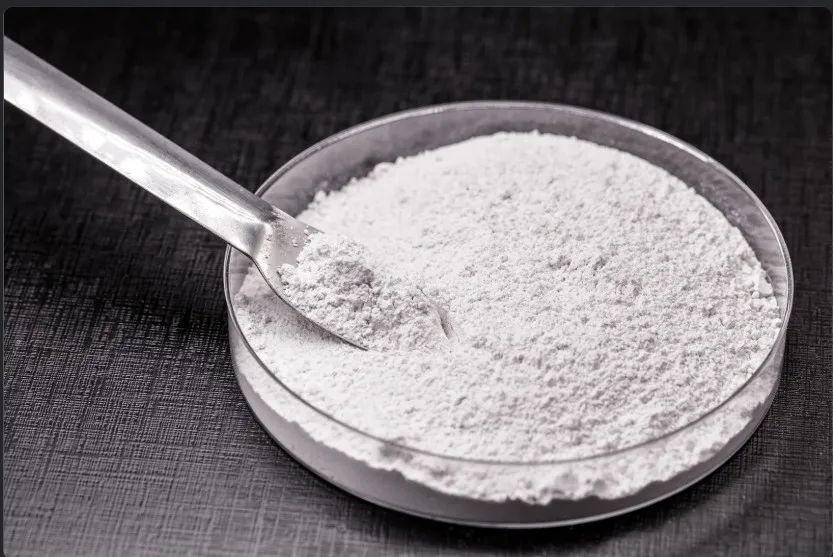- Home
- News Details
News Details

EU Court Confirms Annulment of Titanium Dioxide Carcinogen Classification
2025-08-14 Reference source : Court of Justice of the European Union
CLP Classification Labelling and Packaging Court of Justice of the European Union CJEU Carcinogenic Classification Substance Classification Court Ruling
On 1August
2025, the Court of Justice of the European Union (CJEU) delivered its
final judgment on the classification of titanium dioxide (TiO2), upholding the
2022 General Court decision that annulled the European Commission’s classification
of the substance as a suspected carcinogen by inhalation.
The ruling definitively
invalidates the European Commission's labelling requirement introduced under Commission
Delegated Regulation (EU) 2020/217, which had amended the CLP Regulation
(Regulation (EC) No 1272/2008). The decision has major implications for chemical manufacturers,
importers, and downstream users, particularly those in the coatings, plastics
and cosmetics sectors. The decision removes a significant labelling burden.
Background
The classification
of titanium dioxide was first proposed by the French health agency ANSES in 2016,
which recommended a Category 1B
carcinogenic classification by inhalation. However, the European Chemicals
Agency (ECHA) Risk Assessment Committee (RAC) endorsed a less severe Category 2
classification for certain powder forms of the substance.
This recommendation
led to the adoption of Commission Delegated Regulation (EU) 2020/217, which classified
titanium dioxide as suspected carcinogen (Category 2, inhalation) and required products
containing 1% or more titanium dioxide particles with an aerodynamic diameter
of ≤10 μm to be labelled with the hazard statement H351
(inhalation).
In November
2022, the General Court ruled annulled this classification, finding that the
Commission had committed a "manifest error of assessment" in
evaluating a key scientific study that served as basis for the classification. The
Commission appealed the decision to the CJEU.
CJEU
Judgment
In its 2025
ruling, the CJEU dismissed the Commission’s appeal, fully confirming the
General Court’s conclusions. The
Court held that the classification was not supported by sufficient scientific
evidence demonstrating that titanium dioxide, in powder form, posed a
carcinogenic hazard to humans by inhalation under realistic exposure
conditions.
As a result, the
classification and corresponding labelling obligations for titanium dioxide under
Delegated Regulation (EU) 2020/217 are definitively annulled. The
decision also applies to downstream legal consequences, including product
labelling, packaging, and Safety Data Sheet (SDS) requirements.
Impact and Next Steps
The judgment removes a significant regulatory burden for
companies handling titanium dioxide, eliminating the need to label affected
products with carcinogenic warnings. However, the ruling does not preclude
future reclassification efforts if new scientific evidence emerges or if
ECHA re-evaluates the substance in light of updated data.
Manufacturers and importers are advised to review their
compliance strategies and ensure that existing documentation reflects the
annulment of the classification while continuing to monitor ongoing scientific
assessments and regulatory developments.
For further details, the full judgment is available on the
CJEU website here.
We acknowledge that the above information has been compiled from Court of Justice of the European Union.
Global Product Compliance (GPC) specializes in Global Regulatory Compliance Solutions across sectors
globally. SSS Europe, a familiar name in chemical regulatory and compliance services now formally belongs
under the umbrella of GPC Holding Sweden.
Since 2008, we have emerged as one of the leading names among Global Regulatory Compliance Service
Providers with Representation services in Europe, Asia and Middle East for respective chemical
regulations.

 Twitter
Twitter
